Top 3 Mistakes Binocular Beginners Make & How to Avoid Them
In this article, I’m going to show you the Top 3 Mistakes I see Binocular Beginners make and how you can Avoid them.
I guess there may be some people who have held their binoculars upside down (like in the title image above) or around the wrong way and looked through the objective lenses instead of the eyepieces, but I am also quite sure that they would have been able to correct these errors without needing my advice… I hope!
So instead, I wanted to go over a few of the less obvious mistakes that just about anyone could make and often do.
The problem with these errors is that unless somebody points them out, they will probably continue to make them and just blame the poor view or difficulty in using the instrument on a bad pair of binoculars.
1. Incorrect Eye-Cup Settings
First on my list and a very common binocular mistake that I see is the incorrect use of the eyecups and in particular the twist-up style.
When you take your new binoculars out of the box, the eye-cups will be retracted and many people either do not know that they are supposed to or indeed if they can be twisted-up.
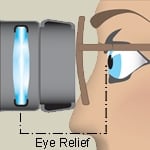
Eye-cups are related to eye-relief and are not only there to make the binocular more comfortable to use, but are specifically designed to make sure your eyes sit at the correct distance behind the ocular lenses, with or without glasses on.
Getting this setting wrong will probably result in you seeing black rings around the edges of the view, or make it look like you are looking down a long tube with a dark ring all the way around the view and thus severely restrict your field of view and overall view quality.
In general, manufacturers design their cups to be set to the fully extended position if you don’t wear glasses.
If you do wear glasses you should retract the eye-cups. This is because your glasses will take up some if not all of the space that is usually occupied by the extended eyecups and thus you no longer need them.
Now, everyone has different shaped faces and thicknesses of glasses (if you wear them) and so that is why the best eye-cups have multi-position click stops allowing you to position and customize them to match your particular requirements.
For more on this be sure to check out my in-depth article on How To Use Binoculars With Glasses: Eye-relief & Eye-cups Explained.
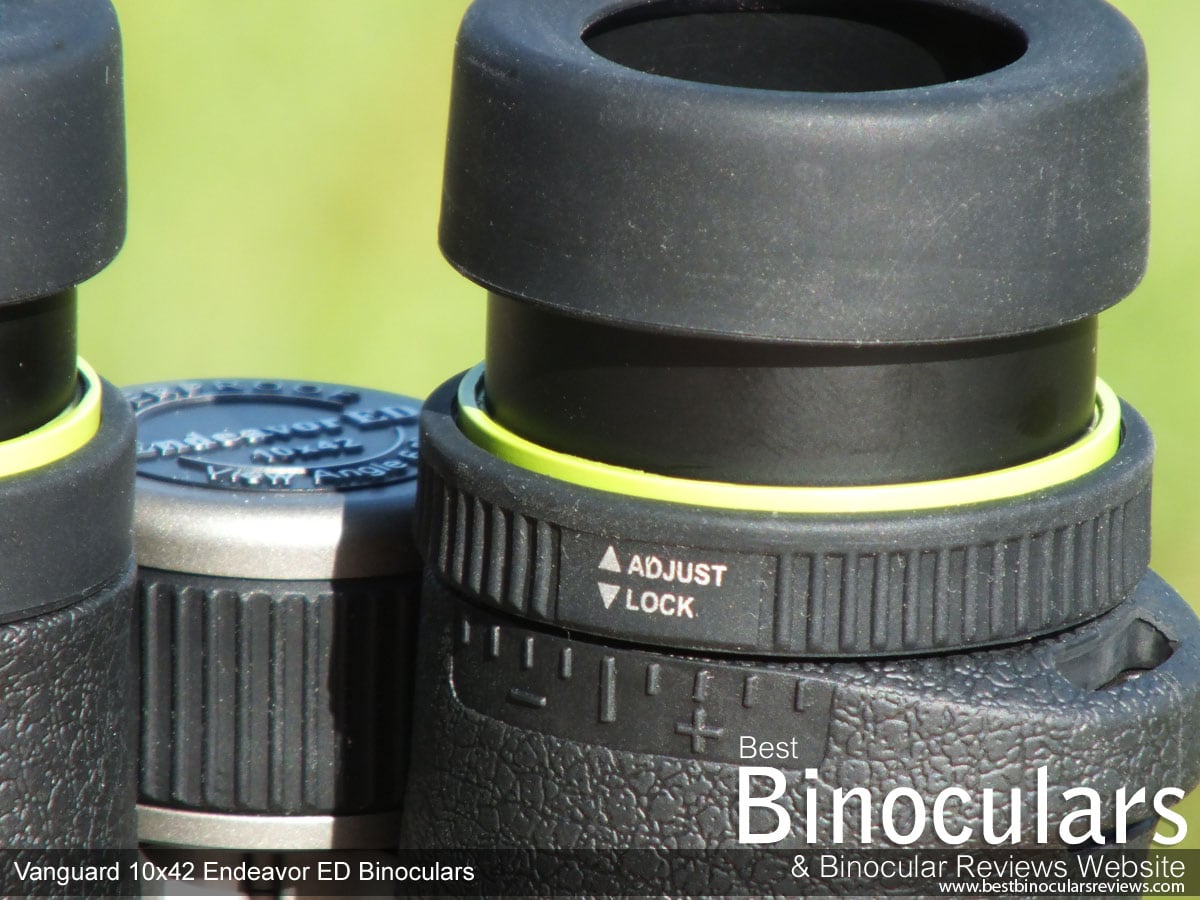
Lockable Diopter Adjustment on the Vanguard 10x42 Endeavor ED Binoculars
2. Incorrect Diopter Settings
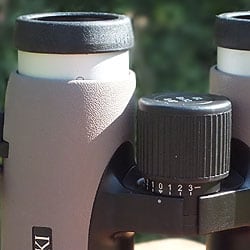
Usually located near the right eyepiece (but not always – ree image on the right), the role of the diopter adjustment ring is to allow for any differences between the vision of your left and right eyes as many people can have one eye that is significantly weaker or stronger than the other.
Thus a correctly calibrated diopter makes sure that when you try and focus on an object, both the left and right sides of the binocular come into focus at the same point.
It is very important to get this right, yet despite this, there are many people out there using binoculars that don’t know how to use the diopter or in some cases don’t even know that it is there.
Depending on your eyesight, this can make the difference between being able to achieve a sharp, clear sharp image or a blurry one.
In fact, if the setting is a long way out, the effect of having one side in focus and the other out of focus can actually give you a headache or make you feel nauseous if you use an incorrectly calibrated binocular for long periods of time.
How to correctly set the diopter
Setting the diopter will depend on the exact type and location of it. The following articles go into detail on how to correctly set-up the diopter on your binoculars. In them, I also go through all the different types and locations of diopters that you commonly find on binoculars:
3. Incorrect Aiming
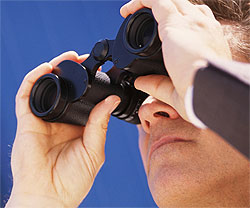
People who don’t use binoculars very often will often bring the binocular up to their face and only then with they try and look for the subject that they want to observe.
The added magnification and the resulting reduced field of view can make it quite disorientating and thus quite difficult to locate and lock onto your subject. This is especially true if you have a high powered binocular, your subject is small, at reasonably close range and fast moving. So a bird in a nearby bush would be a good example.
The correct way to aim your binoculars is to firstly look at your subject without your binoculars and then bring them up to your eyes without moving your head. This makes it much easier to find your subject in the view.
More Details: Aiming Your Binoculars

 Article | Posted by Best Binocular Reviews
Article | Posted by Best Binocular Reviews 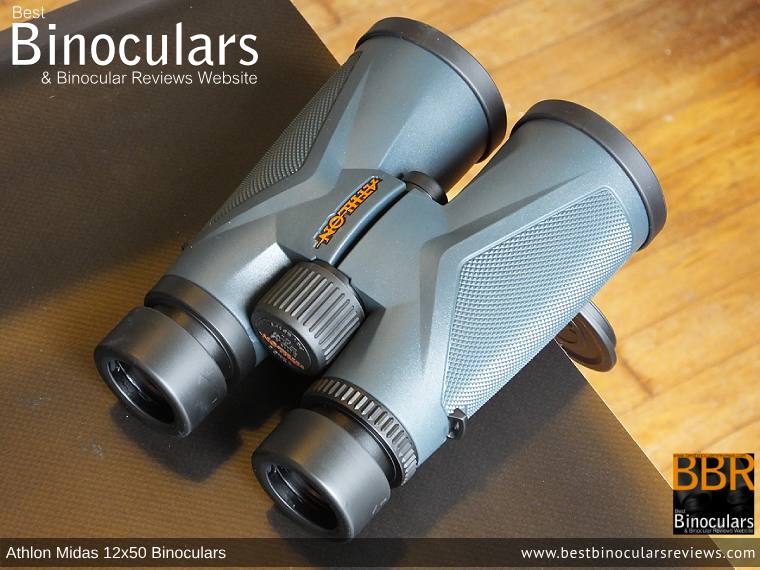

 Categories:
Categories:  Tags:
Tags: 
